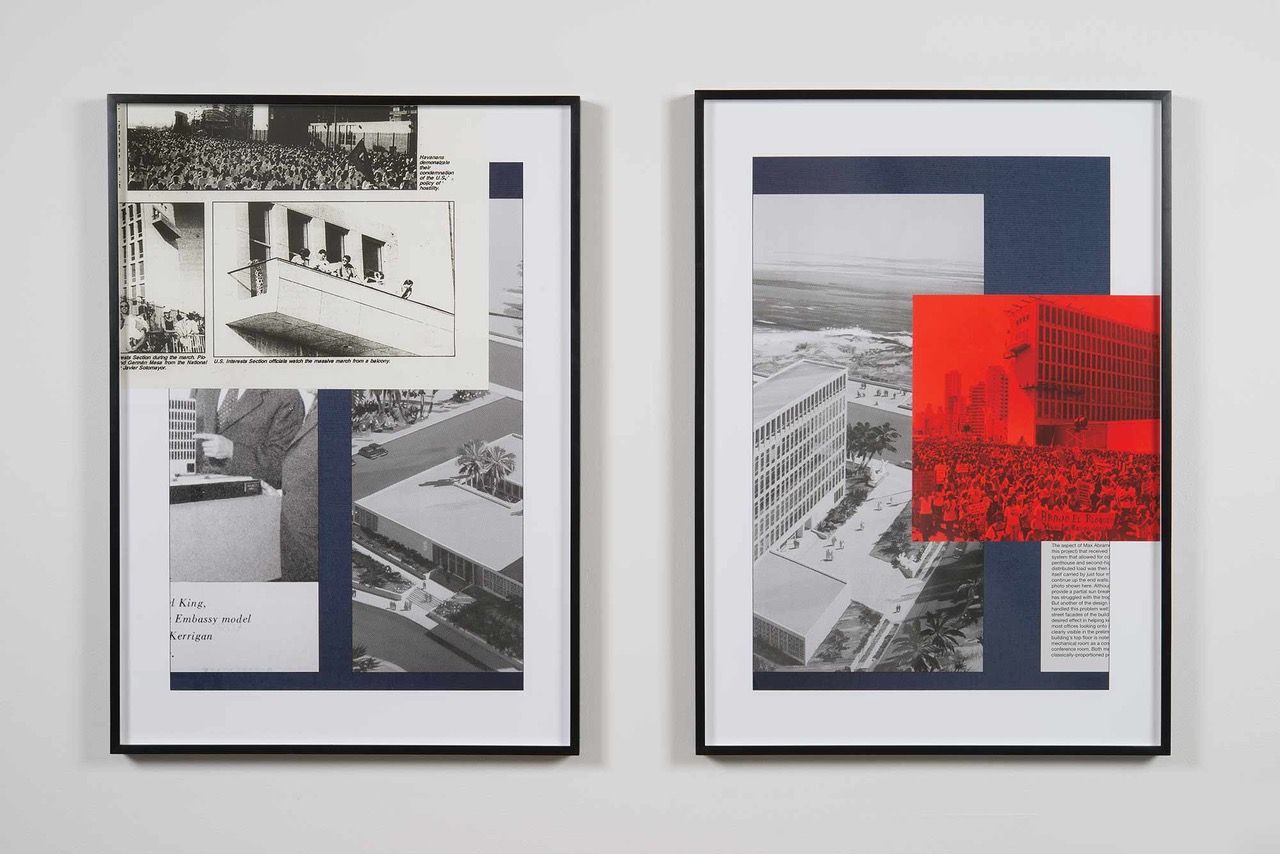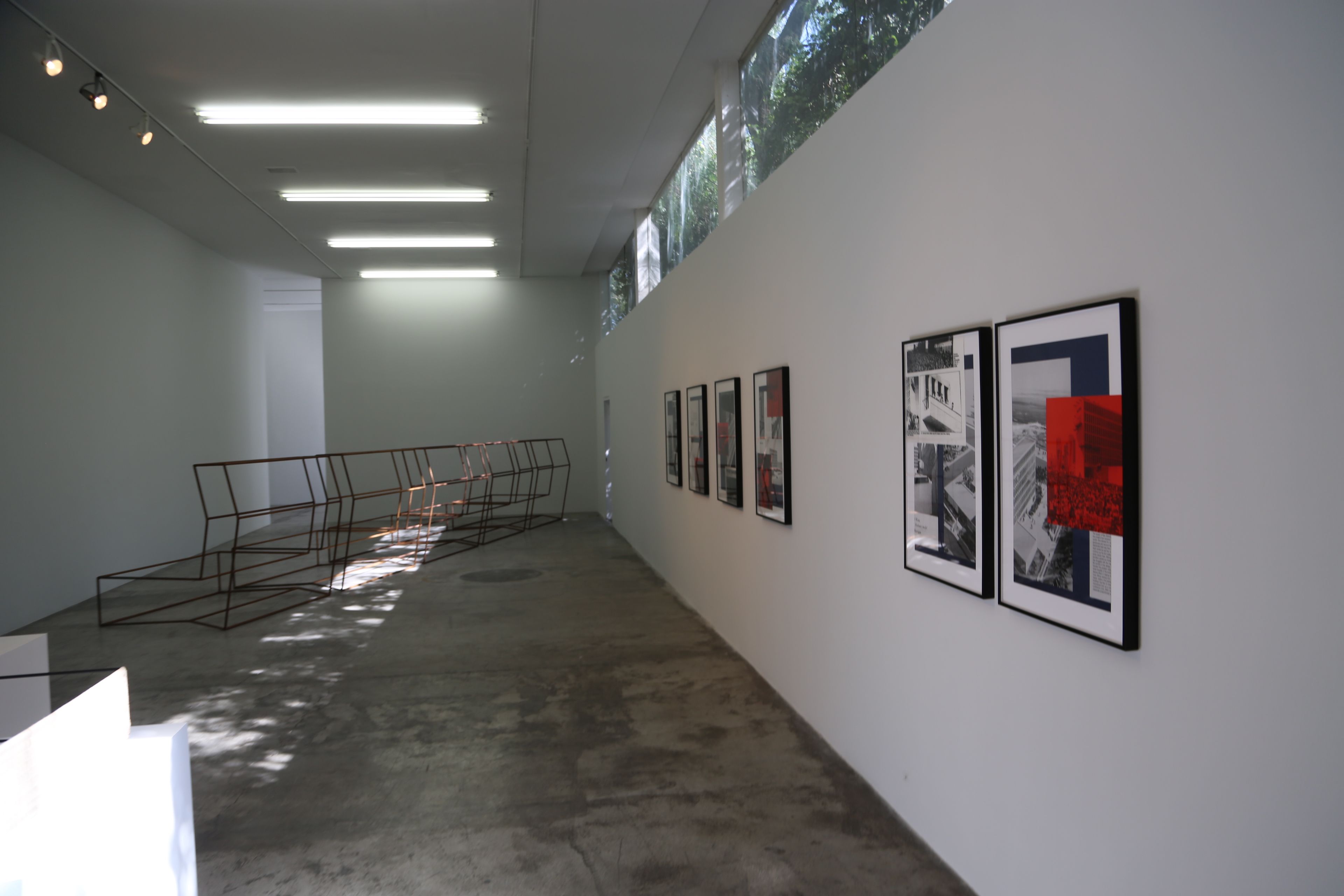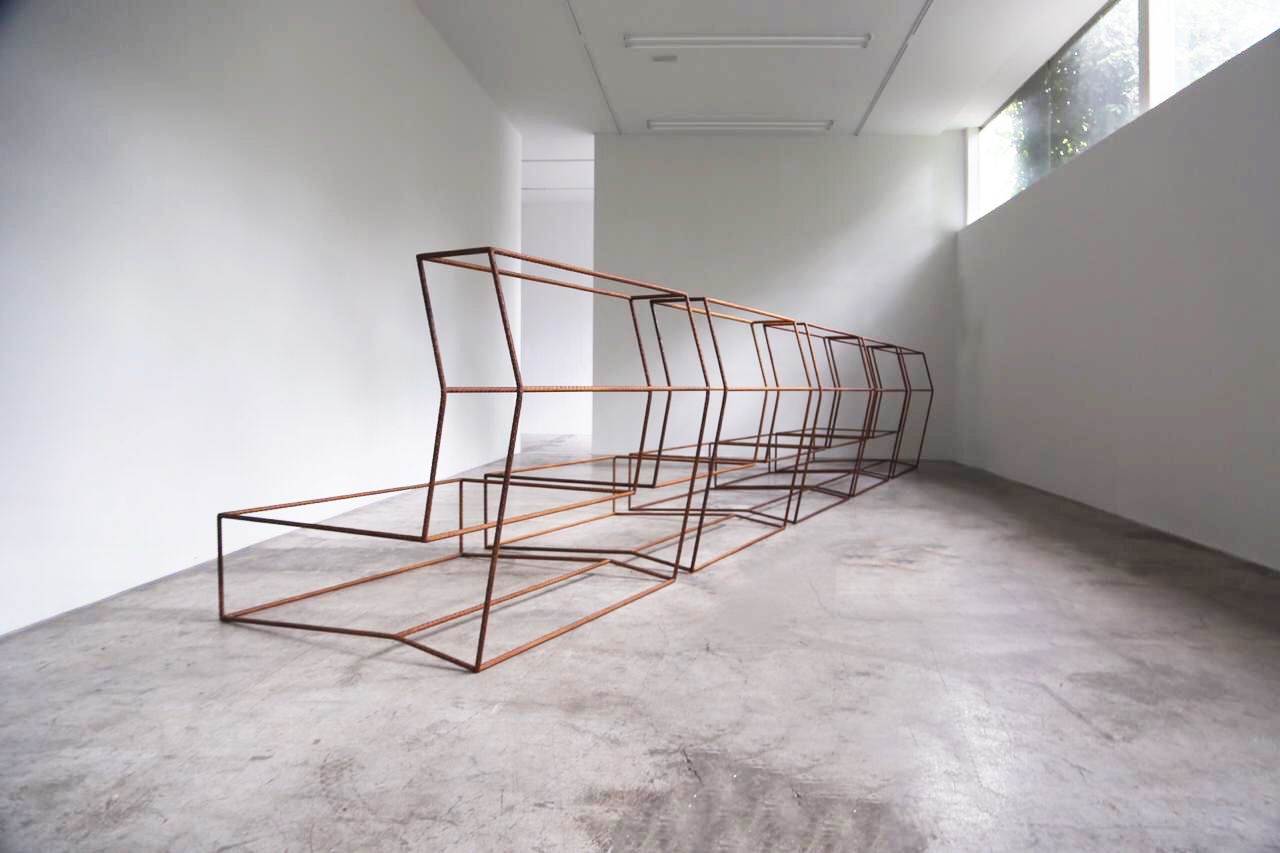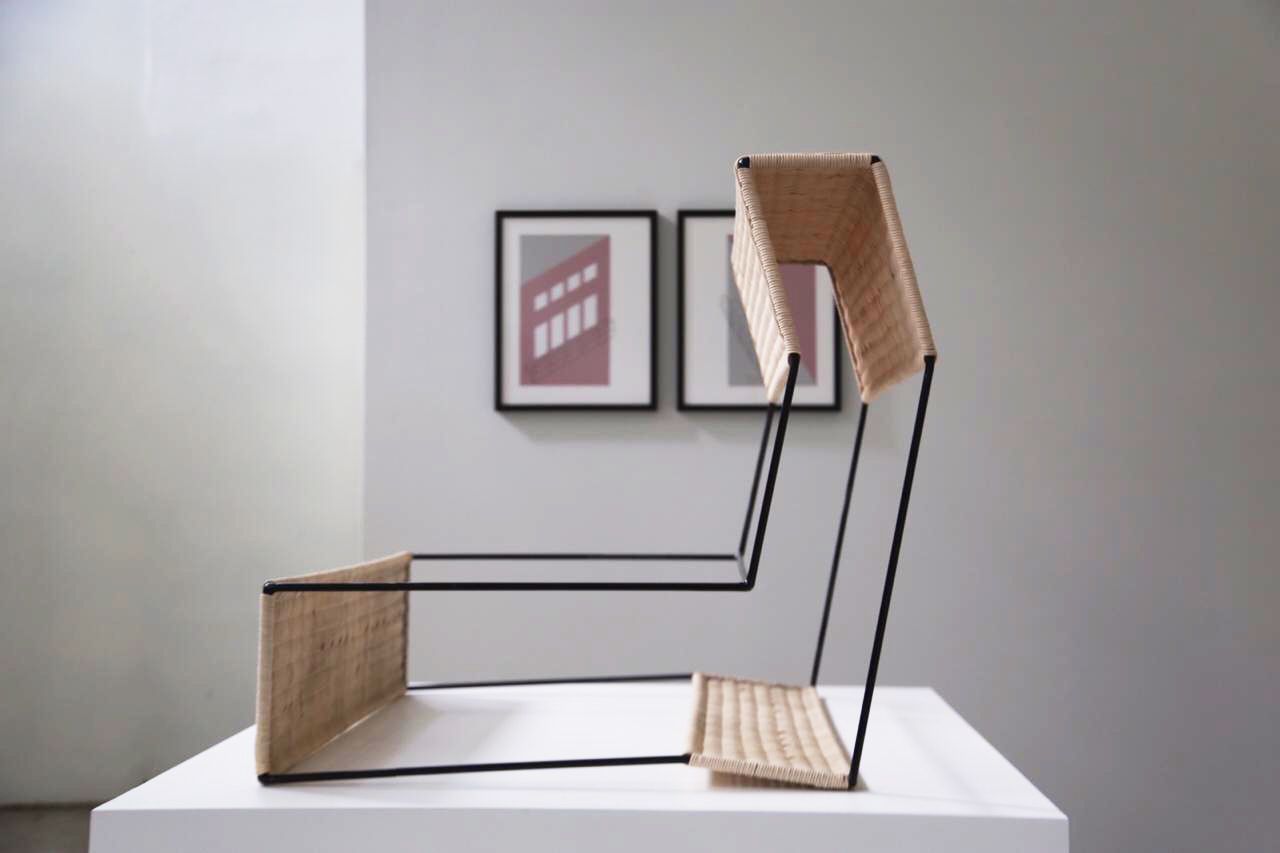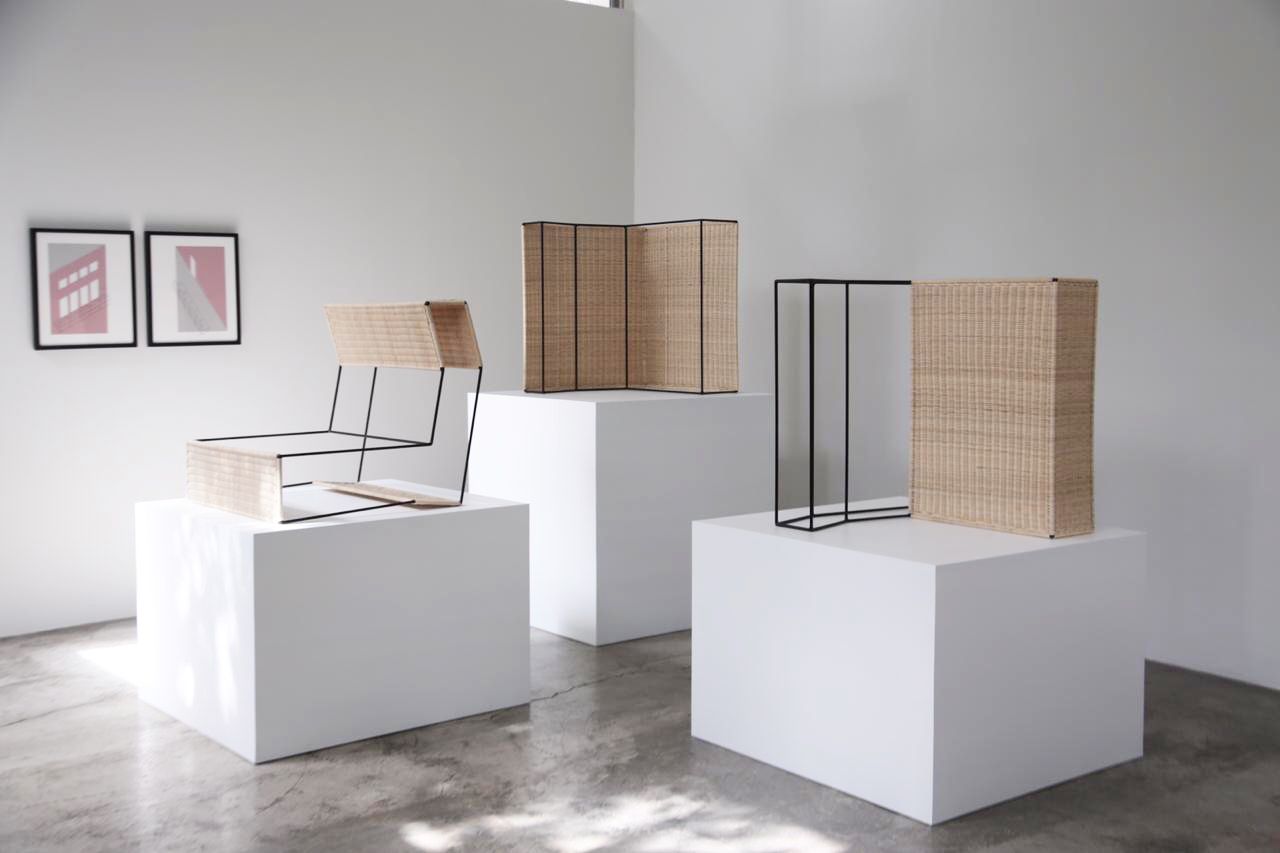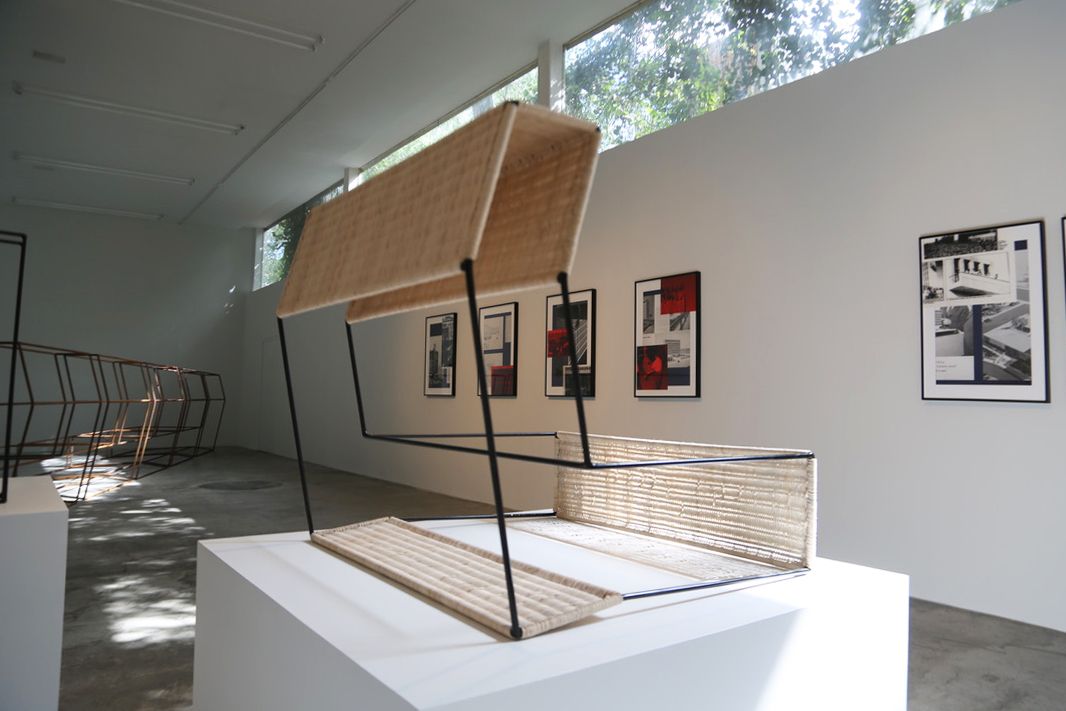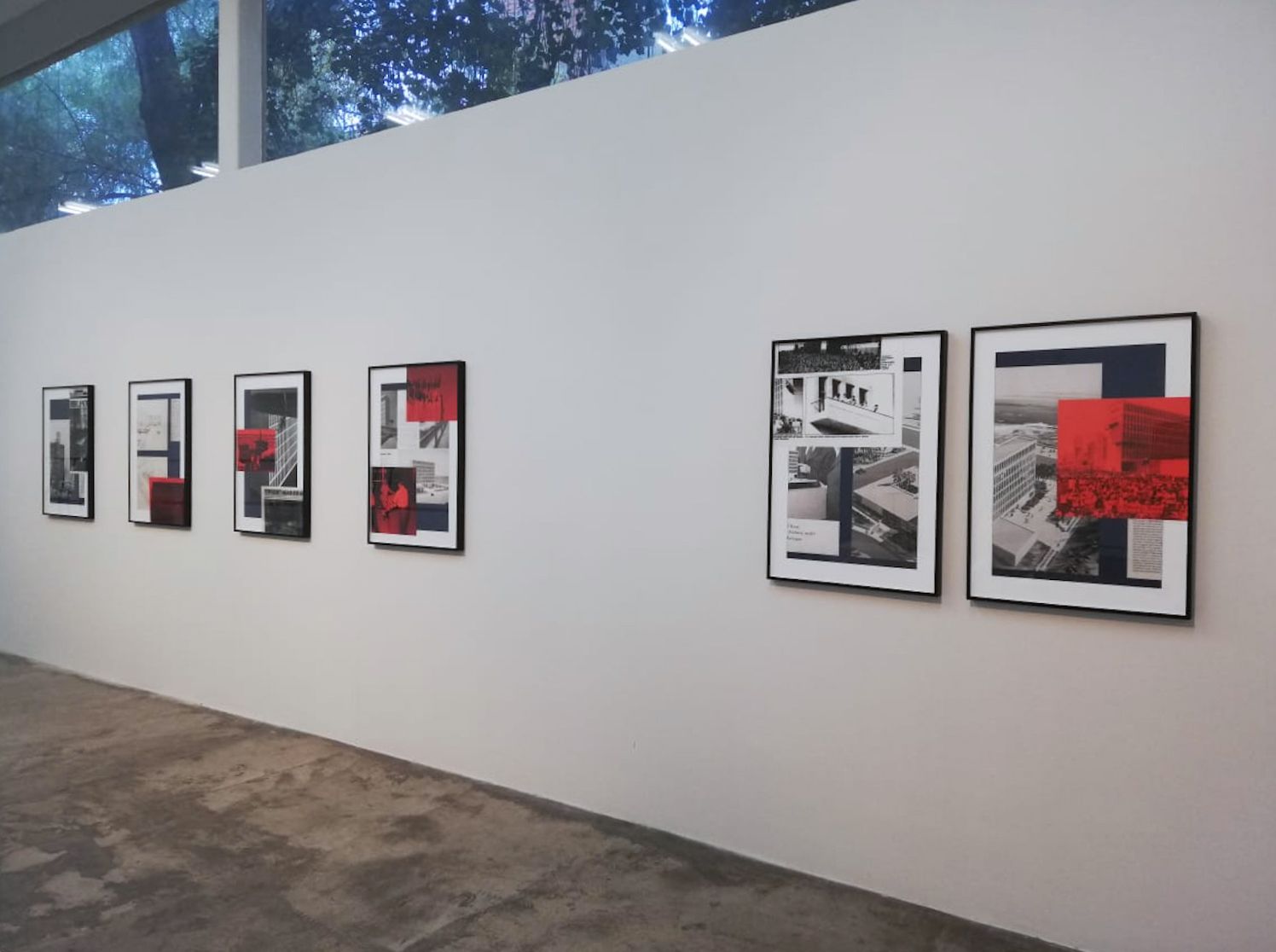HAVANA CASE STUDY
Inauguration: December 1st, 11:00AM
Exhibition from December 1st, 2018 to January 19th, 2019
Labor is pleased to present Havana Case Study, an exhibition by Terence Gower at the gallery. The show continues a series of case studies conducted by Gower and focused mainly on the design of American embassies during the Cold War.
Each project, including the Saigon Case Study, commissioned this year by the 12th Biennial of Gwangju, begins with a long process of in situ and archival research that leads to an argument that in turn determines the shape of the sculptures of each installation.
Havana Case Study hinges on a document discovered in the US State Department papers at the National Archives in Maryland. A State Department inspector visited the new Havana embassy building soon after it opened in May, 1953, and filed the report which was unearthed in the archive. The embassy was built mostly from materials provided by foreign countries in exchange for relief from their WWII debts to the US. Putting together the vast puzzle of Belgian steel; English office partitions, Italian marble, and French furniture (the list goes on) resulted in the unsurprising shortcomings and design flaws detailed in the report. But most interesting was the inspector’s condemnation and call for immediate removal of the “Mussolini-style” balcony projecting from the sea façade of the building. The balcony, the only exciting sculptural detail of a generally sober and elegant office building, (still) extends from the ambassador’s office, and was reportedly ordered up by a capricious outgoing ambassador. Was it a beautifully designed perch from which the representative of the US government could address the massed Cuban throngs? The inspector rightly saw this design element, which has remained in place through the architectural and diplomatic limbo following the Cuban revolution, as an unwitting symbol of the past reality and the future threat of US imperialism.
The artist is presenting several works that analyze the embassy’s balcony by breaking it down into its components and reinterpreting it in a number of significant materials. The various media used in these pieces reflect the material culture of Cuba, itself heavily influenced by the ongoing US embargo, the resulting scarcity of materials on the island, and the ingenious and highly sophisticated techniques employed by Cuban artisans to meet the daily needs of citizens.

